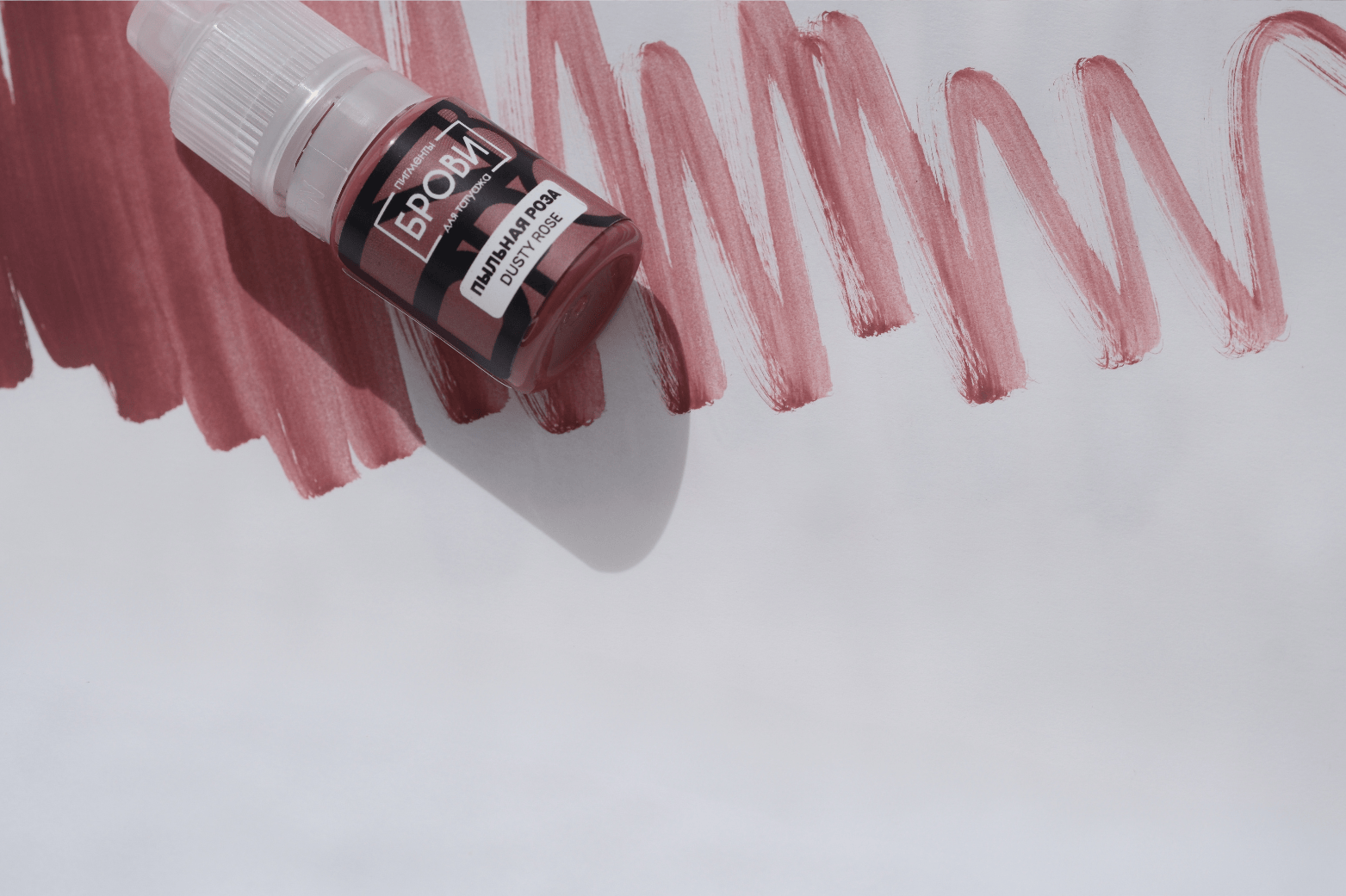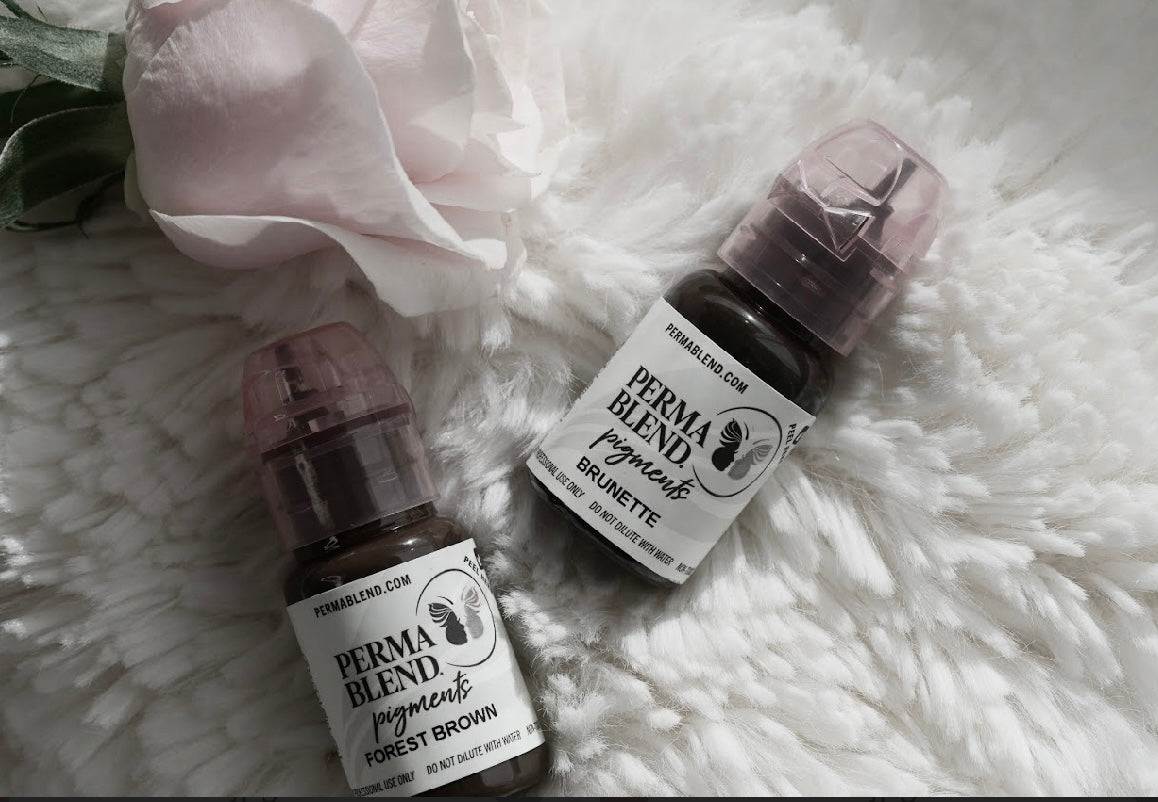
LIP TATTOO
What is a Cosmetic Lip Tattoo? Lip tattooing is a semi-permanent tattoo procedure, created to enhance or neutralize your natural lip colour. Whether you goal is to maintain a consistent makeup look throughout the day or to rejuvenate your lips for a more youthful appearance, a lip tattoo offers the flexibility to achieve either goal. Lasting up to three years, annual touch-ups required for longevity.
STYLES OFFERED
- LIP BLUSH soft and natural
- LIPSTICK well defined and rich in colour
- AQUARELLE most pigmented towards the centre of the lips
- OMBRÉ most pigmented towards the outer edge of the lips
- DARK LIP NEUTRALISATION
Your goals, colour choice and style that suits you best will be discussed during the consultation.
How long does a Lip Tattoo Last? Generally 3 years however up to 5 years, depending upon your skin type, age and environmental factors. Annual touch-ups may be required for longevity.
Pain Relief The pain level for lip tattoo is normally 0-4 out of 10, with 10 being most painful. A topical anaesthetic will be supplied through our pharmacist. Topical anaesthetic products can be very helpful to remain comfortable for cosmetic tattooing. Lidocaine and tetracaine block sodium ion channels which are required for the initiation and conduction of neuronal impulses. This results in local anaesthesia. When the pre-numb cream is applied to intact skin before the procedure it travels through the skin and provides its full action in around 30 minutes (although it begins to work in as little as 10 minutes).
How long does the treatment take? Please allow 2.5-3 hours for the entirety of the appointment, this time is consumed by the consultation review, mapping and final colour selection, treatment time and after care instructions.
What is a Touch-Up Appointment? The touch-up is to support the longevity of your new tattoo, we strongly recommend a touch-up 6–8 weeks after your initial appointment. This session allows for subtle refinements to shape, pigment intensity, and symmetry.
What is a Colour Boost Appointment? Whilst the lip tattoo will typically last 2-3 years, we have optional colour boost appointments designed to refresh and enhance the pigment of your lips. Intended for clients who want to intensify or adjust colour.
TREATMENT INFORMATION
PREPARATION
- No alcohol consumption 24 hours before your procedure.
- Avoid sun and tanning one week prior to procedure.
- Do not take Aspirin, Niacin, Vitamin E or Advil/Ibuprofen 24 hours before procedure.
- No brow waxing, tinting, microdermabrasion or chemical peels one week before.
- Discontinue Retin-A one week prior to your procedure.
- No Botox around the brow area 2 weeks prior.
- Do not drink coffee or any caffeine on the day of your appointment.
- For your comfort, do not skip meals before the appointment.
- Please Note: You will be more sensitive during your menstrual cycle.
- * If you have a history of getting cold sores in the past, it is highly recommended you consult with your physician prior to the appointment.
Cold sores can be prevented most of the time by taking Valtrex (prescription medication) prior to the procedure.
ON THE DAY OF YOUR TREATMENT
- Your skin will release fluid (lymph) as it begins healing — this fluid can harden into scabs if left on the skin. To avoid heavy scabbing, gently wipe the area every hour using a damp cotton pad, and then pat dry.
- If the area feels sore or swollen, you can gently apply a wrapped ice pack for relief. Use a clean napkin or tissue to avoid direct contact with the skin.
- The area may feel tender and appear darker or more intense than expected. Some swelling or minor bruising is completely normal and usually subsides within a day or two.
DAY 2-10 POST TREATMENT
- Keep the area clean — don’t touch your tattoo with unwashed hands. It’s an open wound, and bacteria can lead to infection or poor results.
- Avoid excessive moisture. Getting the area too wet can cause the scabs to become soft and fall off too soon, taking pigment with them.
- Apply the recommended ointment as advised and keep moisturised throughout the day.
- Don’t sleep on your face and make sure your pillowcase is clean — this helps prevent scabs from lifting early.
- Avoid using makeup, cleansers, or other products on the treated area until all scabs have come off naturally.
- Don’t pick or scratch at any scabs — this can lead to scarring, patchy pigment, or infection.
- Stay out of direct sun and avoid tanning beds for 4 weeks. UV exposure can seriously alter your results.
- No intense sweating or workouts until the area has completely finished scabbing. Sweat can affect pigment retention.
- Avoid any skin treatments (facials, chemical peels, Botox, etc.) for at least 4 weeks after your appointment.
- The following day, the tattooed area will likely darken as scabbing starts to develop. Some swelling or bruising may still be present.
- Scabs usually begin to flake off between days 3–10, depending on your skin and the area treated.
AFTER THE SCABBING PHASE
- Once all scabs have shed, you can return to wearing makeup over the area and resume your usual skincare routine.
- It’s normal for the tattoo to appear slightly milky or faded at this stage — full healing takes around 6 weeks. That’s when you’ll see the true, settled colour.
- A touch-up can be done only after this 6-week period.
- Expect the healed result to look softer and less sharp than the fresh tattoo — this is completely normal.
- Everyone’s skin heals differently, and final results depend heavily on how your body heals and how closely you follow aftercare.
ONCE FULLY HEALED
- Avoid using products with retinol, acids (glycolic, salicylic), hydrogen peroxide, apple cider vinegar, Vitamin C or E directly on your tattoo — they can fade pigment over time.
- Daily sunscreen use is highly recommended to protect the colour and longevity of your cosmetic tattoo.
- Be cautious with salt water, chlorine, and swimming — rinse the area with clean water afterward to avoid fading.
- Let any facial or laser technicians know that you have permanent makeup before treatments.
- Cosmetic tattoos typically fade over 1–3 years depending on your skin type and lifestyle. Touch-ups are recommended to maintain your desired look.
- Oily skin, iron deficiency, or a strong immune system may cause pigment to fade faster or heal less sharply.

